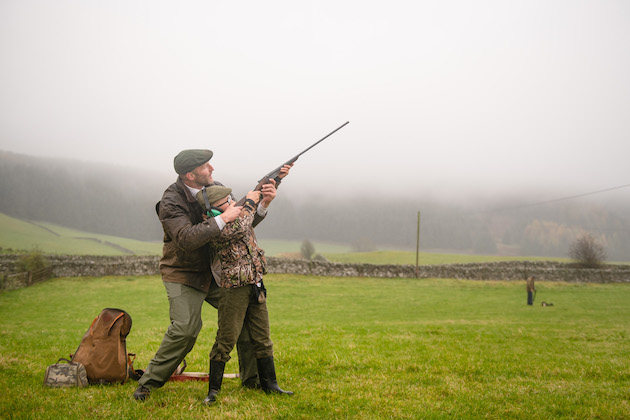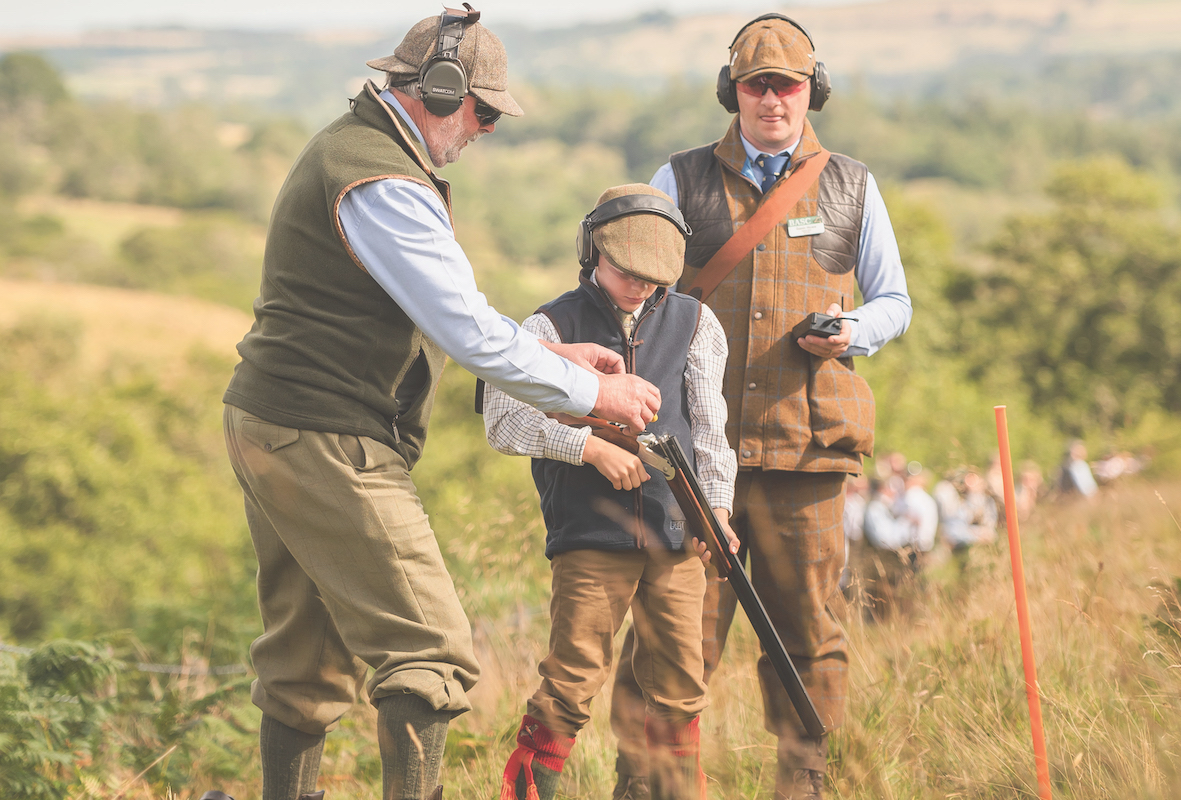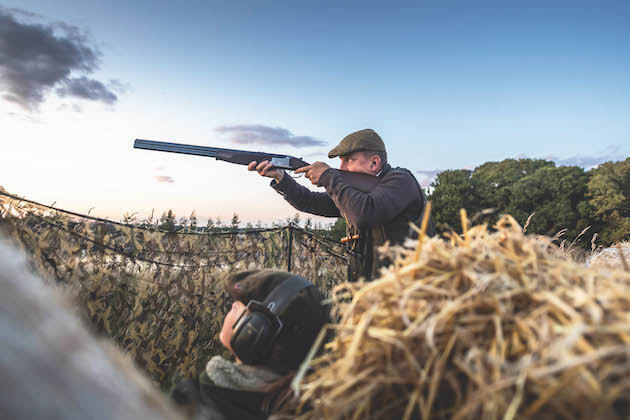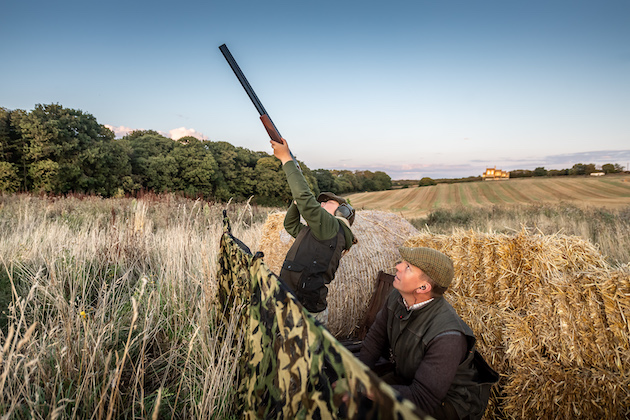Every day’s a school day
Having turned 60 acres into a successful driven shoot, a headmaster is now investing in the next generation discovers Patrick Galbraith

We were huddled together in an old Dumfriesshire farmhouse kitchen, with rain bouncing off the windows. “Whether we hit 10 birds today or 100 matters not,” announced 14-year-old Charlie Hattam, who was standing at the front with a broken arm, “but what does matter is safety.”
Dotted round the room, hanging on every word of the shoot briefing, were children as young as 11. The Lagg Farm shoot, which was started only five years ago, is the sort of thing lots of us dream of creating but, for one reason or another, most of us never quite find the time or the energy.
When Charlie’s father, Chris, bought Lagg Farm, it consisted of 60 acres; admittedly a much smaller plot than most shoots are run on. But having worked alongside Shooting Times’s expert on modest shoot management, Laurence Catlow, when they were masters at Sedbergh, Chris knew “what could be achieved on a smallish patch”.

On the first drive , I was standing a little down the hill from 11-year-old Archie Scarbrough, who was shooting with a borrowed .410 under the watchful eye of his father Dan. Those of you who follow rugby will remember seeing Dan flying down the wing for England in the early 2000s, with a mop of bright curly blond hair.
Almost as soon as the beaters entered the cover crop in front of us, a large covey of partridges took to the grey sky. I picked one out over my right shoulder and then — breaking one of the most important rules of good shooting — I changed my mind at the last minute and fluffed a shot at another bird, which flicked slightly as if it were glanced by a pellet.
Watching the covey disappear into the fog, I spotted a lone hen pheasant flying straight for Archie, who had seen it too and had his .410 at the ready as though he was about to go on a bayonet charge. He mounted the gun, fired, then fired again. Neither shot found its mark and I, too, missed the bird with both barrels.

Beau lines up a crossing duck coming off Charlie’s pond
On the way to the second drive, I fell into step with Iain Howatt, who looks after the shoot in tandem with his father Geordie — an experienced local keeper — when Chris is doing his day job as headmaster at The Elms prep school in Malvern.
Iain told me he grew up helping his father on one of the best pheasant syndicates in the area but had scant experience of rearing and driving ducks. “It took a couple of seasons to really get to grips with them and now we’ve added partridges, we’re having to start learning again.”
On the second drive, I was standing by a stone dyke, with Glenn Morrison and his son, Beau, down in a snipe bog below me.
Over the past few seasons, Chris has managed to extend the area they shoot over to just under 200 acres, which is still fairly modest. But by utlising various habitats they can end up with an impressively mixed bag at Lagg. From my elevated position, I could see Chris’s 11-year-old daughter, Eliza, coming over the hill with her cocker, Trouble. As her little dog worked in front of her, a group of wigeon, followed by teal, jumped off the water and flew out to my right.

Eliza Hattan sends her dog, Trouble, for a duck
First time on game
Some moments later the mallard started to come, three of which were shot by Glenn. I was later amazed to learn that it was his first time shooting game rather than clays. Frustratingly, the bog yielded no snipe but they wouldn’t be the mystical bird they are if they were always there.
On our way to the final drive before lunch, Chris’s father-in-law informed me he’d managed to pick the partridge I’d shot that morning; it was “not hit particularly hard”, he told me with a smile.
The wind was not on our side and the ducks weren’t behaving quite as Chris and Iain had hoped they would. But when they did come on the fourth drive it was a towering testament to the fact that driven ducks can be a real challenge if done properly.
In the warmth of the local village pub, Chris explained — over pheasant pie, cooked by Iain’s mother — that for him, taking young people shooting is about “connecting them with the DNA of the countryside and giving them traditional values”. I’ve heard people say similar things before but, as a professional educator, Chris looks at fieldsports slightly more deeply.
“Running a shoot gives young people an understanding of what it means to be a guardian and a custodian,” he reflected. “They have to work as a team and they have to deal with disappointment. It’s been a miserable day out there but I’ve not heard anyone complain or say they want to go indoors.”
Before we headed back out, Chris told me about a boy he worked with during his time as a probation officer who had challenging behavioural difficulties. “So we went ferreting,” he said, brightly.
“We had to be controlled, we had to be quiet and we had to despatch the rabbits respectfully. Then we went back and cooked them.”
Back in the cold, standing on my peg for the penultimate drive, I wondered whether Britain would be a happier place if all young people got the chance to head into the countryside to catch their supper.








